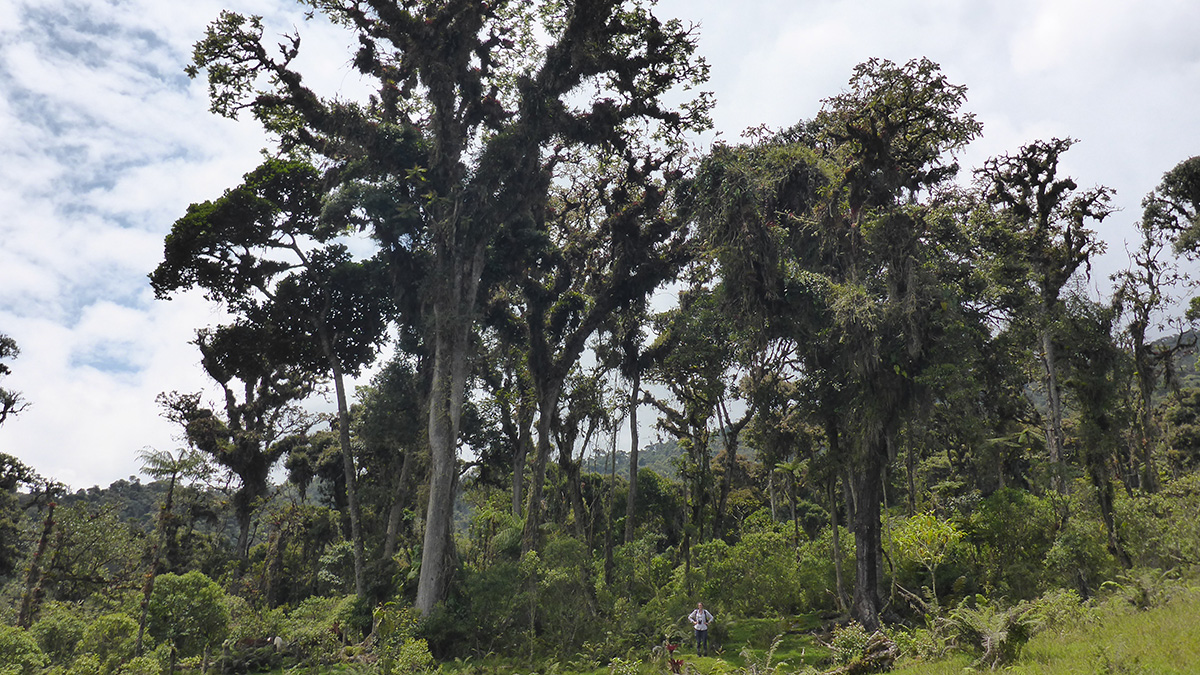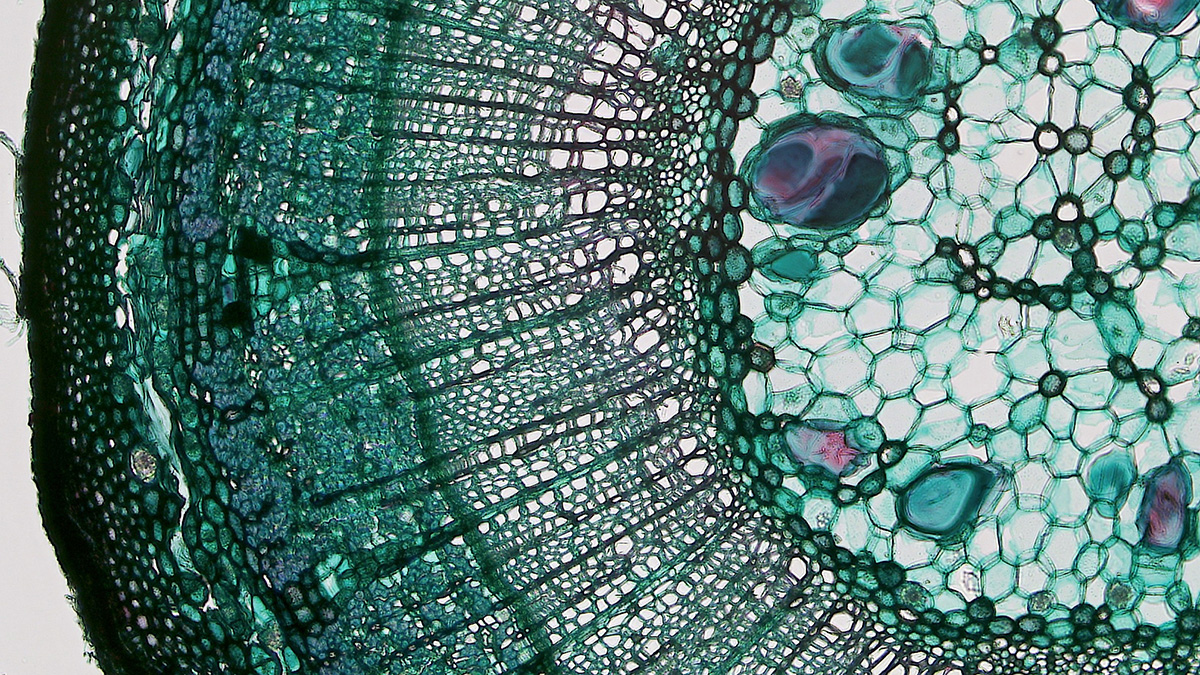Foraging in hotter-than-desired temperatures could negatively affect ants’ biology and the forest ecosystems that they support.
forests
Roughed-Up Hillsides Reveal Tree-Toppling Winds
Researchers are reading pockmarks in the forest floor to study the uprooting of trees in southern Indiana and estimate how fast winds howled through the forest in the past.
Selectively Logged Forests Are Not Broken
Borneo’s logged forests are buzzing with life and have unrealized conservation potential.
A Forest, for the Trees
Arrays of technologies and innovative research are helping scientists better understand forests, fires, and the future of our shared landscape.
Last Tree Standing
Refugia repopulate forests after fires, but climate change is making these woodlands increasingly unpredictable.
The World’s Roots Are Getting Shallower
Root-filled soils are hot spots of nutrient cycling and carbon storage. New research finds that the world has lost millions of cubic meters of rooted soil volume—and we’re on track to lose much more.
Monitoring Moisture from Afar
Undisturbed tropical rain forests are experiencing more frequent droughts, but the ecosystems are isolated and difficult to assess. Scientists are using remote sensing to expand the depth and scope of monitoring efforts.
Amazon Basin Tree Rings Hold a Record of the Region’s Rainfall
New research provides a 200-year reconstruction of interannual rainfall in the Amazon basin using oxygen isotopes preserved in tree rings in Ecuador and Bolivia.
Plants Need a Lot of Power to Pump Sap
A novel calculation reveals how much power plants need to move water through their stems—and how plants gain energy from the process.
Neighborhood Strategies Inform Boston’s First Urban Forest Plan
The city prioritizes equity and inclusion as it incorporates tree coverage into climate resiliency efforts.










